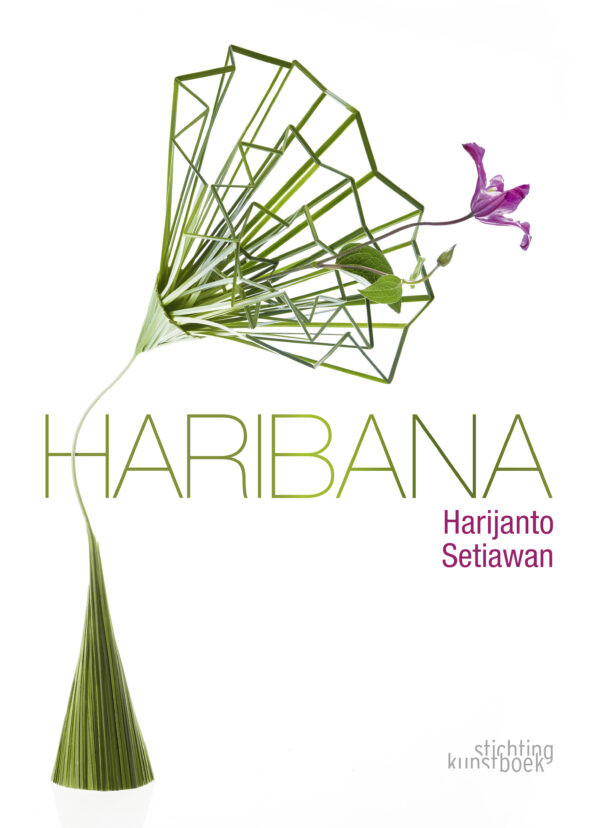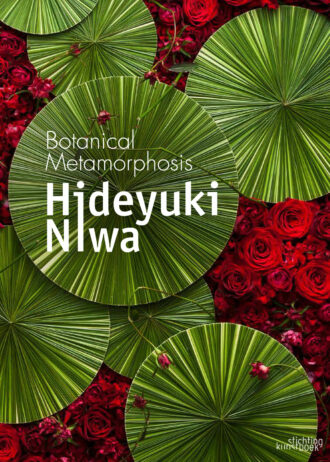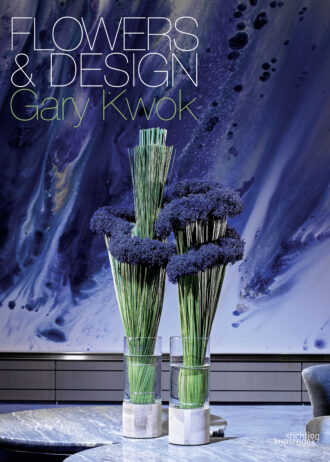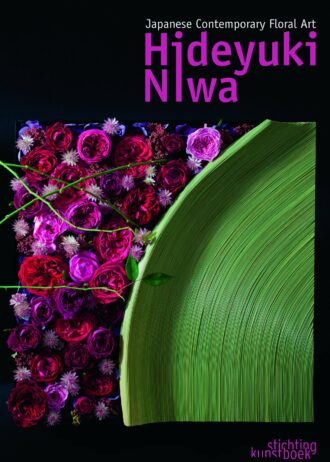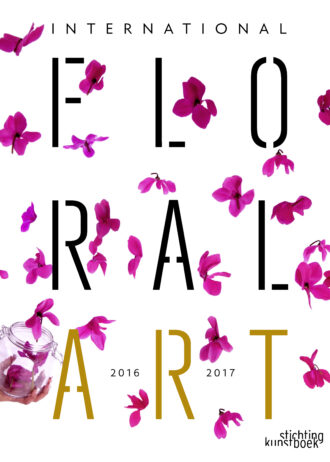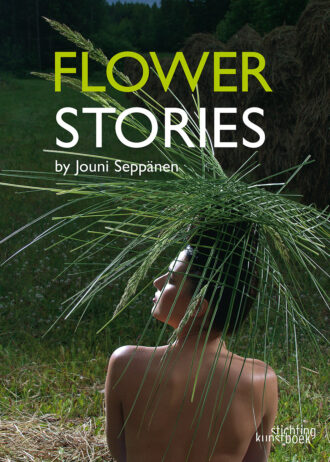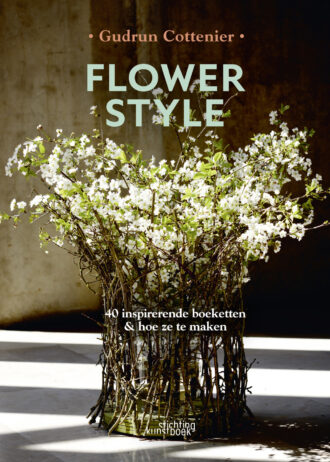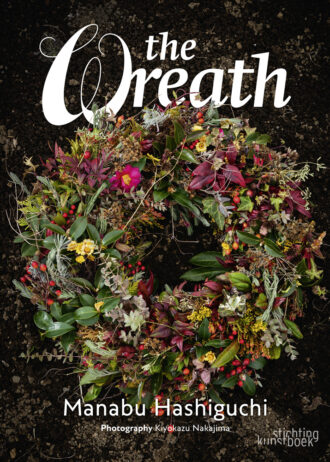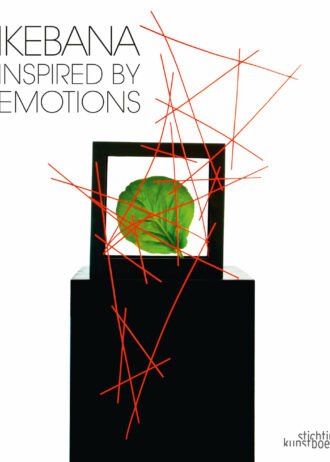The name Haribana hints at Ikebana – even though these designs cannot officially be classified as ‘Ikebana’, as even the most free-spirited Ikebana schools objected to this. Haribana therefore is Harijanto’s own interpretation of ‘some sort of Ikebana’ married with an architectural style and approach.
Haribana pieces incorporate architectural concepts such as structure, balance, shape, line, color, texture, rhythm and harmony into floral art, as if the two are destined for each other, rather than forced upon. Steel grass stalks can be seen as the load bearing structures in architecture: the steel reinforcements and the concrete. The greenery is shaped to create the base structure, a filigree facade against which a single flower can shine.
Haribana is suitable for any designer who wants to explore and understand how architecture can be translated through flowers. Haribana has been well received and it is Harijanto Setiawan’s hope that it will fill a unique void in floristry and develop into a specific style that is adapted worldwide.
This book contains 65 stunning Haribana pieces designed by the master himself.
33 x 24,5 cm
96 p, hard cover
English edition

